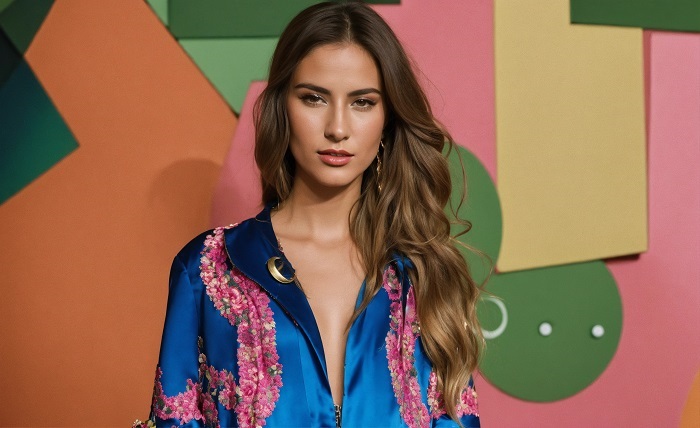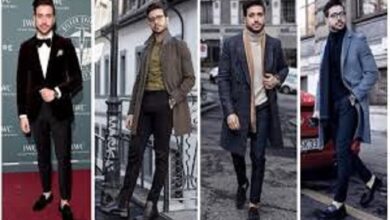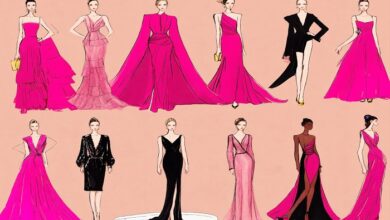1920s men’s fashion

Introduction:
The 1920s, often referred to as the Roaring Twenties, was a decade of unprecedented change, prosperity, and cultural revolution. One of the most defining aspects of this era was its fashion, characterized by a departure from the formal and restrictive styles of the past. Men’s fashion in the 1920s witnessed a shift towards freedom, expression, and sophistication. From sleek suits to daring accessories, the fashion of the Jazz Age continues to inspire and captivate today. In this article, we delve into the essence of 1920s men’s fashion, exploring its key elements and timeless appeal.
The Rise of the Suit: Tailored Elegance
At the heart of 1920s men’s fashion was the suit. Unlike the heavy, formal suits of previous decades, 1920s suits were characterized by a slimmer, more streamlined silhouette. Jackets became shorter and more fitted, with high armholes and narrow lapels. Trousers were tailored to fit closely to the body, often featuring a higher waist and a narrower leg. Fabrics ranged from lightweight wools for summer to heavier tweeds for winter, reflecting both the practical needs and the sartorial preferences of the time.
Iconic Accessories: Hats, Canes, and Cufflinks
No 1920s ensemble was complete without the right accessories. The fedora emerged as the quintessential men’s hat of the decade, adding a touch of sophistication to any outfit. Canes were also a popular accessory, often seen as a symbol of elegance and refinement. Cufflinks became more ornate, featuring intricate designs and precious metals. These accessories served not only as fashion statements but also as status symbols, signaling one’s taste and social standing.
Casual Cool: Sporting Attire and Leisurewear
While the suit dominated formal occasions, 1920s men’s fashion also embraced a more casual approach to dressing. Sporting attire, inspired by activities such as golf, tennis, and yachting, became increasingly popular. Knitted sweaters, polo shirts, and comfortable trousers were favored for leisure activities, reflecting a desire for freedom and relaxation. This shift towards casual wear marked a departure from the rigid dress codes of the past, allowing men to express themselves more freely through their clothing.
Fabrics and Patterns: Embracing Texture and Style
In addition to tailored cuts and sleek silhouettes, 1920s men’s fashion was characterized by an appreciation for fabrics and patterns. Tweed, herringbone, and plaid were all popular choices for suits and outerwear, adding texture and visual interest to ensembles. Bold stripes and geometric motifs also made their mark, injecting a sense of dynamism and vitality into men’s wardrobes. These diverse fabrics and patterns reflected the eclectic spirit of the Jazz Age, celebrating individuality and creativity.
Cultural Influences: Hollywood, Jazz, and Beyond
The fashion of the 1920s was deeply influenced by the cultural trends of the time. The rise of Hollywood and the silver screen brought new style icons to the forefront, influencing men’s fashion with their on-screen charisma and glamour. Jazz music, with its rhythm and energy, inspired a more relaxed and spontaneous approach to dressing, as seen in the popularity of dance-friendly attire such as the zoot suit. Beyond these influences, broader social changes, including increased mobility and urbanization, also shaped men’s fashion, reflecting the shifting attitudes and values of society at large.
The Enduring Legacy: Reviving 1920s Fashion Today
While the 1920s may belong to the past, its fashion continues to resonate in the present day. From the runways of high fashion to the streets of everyday style, echoes of the Jazz Age can be seen in contemporary menswear. Designers draw inspiration from the elegance and sophistication of 1920s fashion, reinterpreting classic silhouettes and motifs for the modern man. Whether it’s a tailored suit with a vintage twist or a fedora paired with a casual ensemble, the timeless appeal of 1920s men’s fashion endures, reminding us of an era defined by style, substance, and spirit.
Conclusion:
The fashion of the 1920s remains a testament to an era of innovation, creativity, and self-expression. From the iconic silhouette of the tailored suit to the playful charm of Jazz Age accessories, men’s fashion of the Roaring Twenties continues to captivate and inspire. Whether you’re channeling the suave sophistication of a Gatsby-esque soirée or embracing the casual elegance of a day at the links, there’s something timeless and irresistible about 1920s style. So why not take a cue from the past and infuse your wardrobe with a touch of vintage flair? After all, as they say, everything old is new again.
FAQ:
Q: What colors were popular in 1920s men’s fashion?
A: In the 1920s, men’s fashion embraced a range of colors, from classic neutrals like black, navy, and gray to bolder hues such as burgundy, olive green, and royal blue. Pastel shades also had a moment, particularly in summer attire.
Q: Did all men wear suits in the 1920s?
A: While the suit was a staple of men’s fashion in the 1920s, not all men wore suits on a daily basis. For more casual occasions or leisure activities, men might opt for sporting attire such as knitted sweaters, polo shirts, and comfortable trousers.
Q: What hairstyles were popular for men in the 1920s?
A: In the 1920s, men’s hairstyles underwent a dramatic shift, with shorter, slicked-back styles becoming increasingly fashionable. The iconic “slicked-back” or “undercut” hairstyle, characterized by short sides and a longer, slicked-back top, was a popular choice among stylish men of the era.





